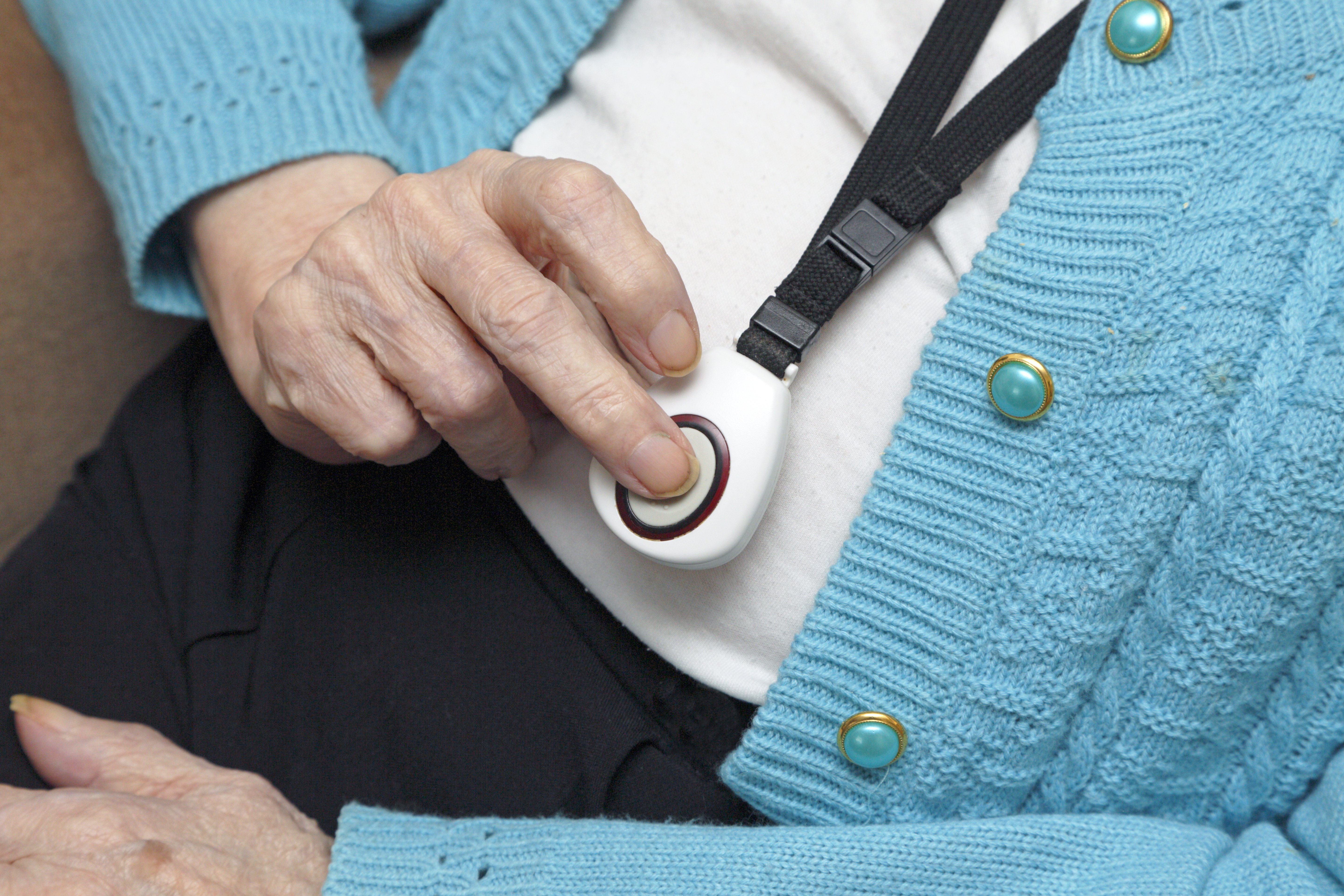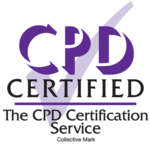
New UCR Technology-Enabled Care Tool
14 October 2022

Caroline Williams, Associate Director of Integrated Care at Warrington and Halton Teaching Hospitals NHS Trust, and TSA Quality Manager Helen Rudkin introduce the new Technology-Enabled Care (TEC) and Urgent Community Response (UCR) tool to improve responsiveness to patients and ease pressure on ambulance services.
Our ambulance services have never been under so much pressure. There’s a combination of factors at play, not least the recovery from the devastating pandemic that affected all of our lives.
The solution is also complex and requires innovation in a number of ways. That’s why we’ve launched a pilot decision-making support tool to re-direct calls to urgent community response teams that would ordinarily go to ambulance services.
Every day, an estimated 2,600 calls are received by ambulance teams across the UK from alarm responder services. This represents a high proportion of ambulance calls per day.
Thousands of people who are at risk of falling have alarms at home – often pendant alarms or alarms that they wear on their wrists.
When they raise an alarm, a non-clinical TEC call handler will investigate the incident. In some areas, non-clinical TEC call handlers can alert a TEC falls responder service to help someone who has had a fall at home but, in many other cases, the only option has been to call for an ambulance. This often involves people enduring ‘long lies’ where they have fallen and can’t get up without help.
The decision-making support tool now helps the call handler to determine the level of risk. If it’s high then calling an ambulance is the most appropriate action but for other levels of risk they can refer the individual to the UCR team. UCR teams across the country have been asked to respond to a minimum of nine clinical conditions or needs which are listed in the national guidance.
Since April 2022, virtually every community in England has a UCR team, operating at least 12 hours a day 7 days a week.
Highly experienced, advanced clinical professionals with the support of social care can see and assess people whose health has suddenly deteriorated in their own home. Nationally, UCR teams are seeing nearly 8 out of 10 patients in less than 2 hours.
Alarm Receiving Centres (ARC) have TEC call handlers who are not trained to do a clinical triage but all UCR teams have health professionals – nurses, therapists, GPs, physician associates - on hand to assess each call. If they think an ambulance is needed, then that 999 call can be made.
We believe UCR teams will be able to respond to many incidents referred by Alarm Receiving Centres and TEC response services– and audits in the north west estimate that 9-11% of hospital emergency admissions could be avoided in this way.
The tool has been in germination since the national UCR team ran a 100-day challenge to encourage ambulance services and UCR teams to develop new referral pathways.
As part of the challenge, the industry body for technology-enabled care (TEC) providers, TSA, agreed to look at how alarm response services could work more closely with UCR teams.
The tool is, therefore, a collaboration between NHS England, TSA and TEC Quality Certified Organisations: Progress Housing, a housing association and TEC provider covering Lancashire; Taking Care, a subsidiary of Axa PPP providing a national TEC service; and Medequip Connect a TEC provider and response service.
Warrington council is also involved. They have about 3,000 people with alarms at home. The council has a 24-hour responder service and, since earlier this year, responders have been working closely with the UCR team to identify the most appropriate clinical response on a case-by-case basis.
The tool, which also includes the use of an online directory called NHS Service Finder, is currently being tested to ensure it is effective in directing people to either UCR, Falls Response, other community service, ambulance service and/or family.
We are triangulating data and feedback from the TEC providers, UCR teams, ambulance services and patients to make sure that calls and call volumes could be safely referred from TEC providers to UCR services.
We hope to demonstrate a positive impact so that we can rollout the decision-making support tool with TEC services using NHS Service Finder nationally over the winter period, supporting people to remain at home and in doing so avoiding an unnecessary ambulance call and potential conveyance to hospital.
Given the challenges and pressures facing health and care services, we have to explore every opportunity to make sure we do the right thing for our patients and often this is about giving them timely and safe care and support in their homes or the place they call home.
You can hear more information on this presentation from the International Technology-Enabled Care Conference earlier this year.






